From convenience to security, operators and automation experts alike have sought a solution to upgrade unit-level access management. From the humble padlock to the most recent electronic locks for self storage, check out the evolution of this transformational technology.
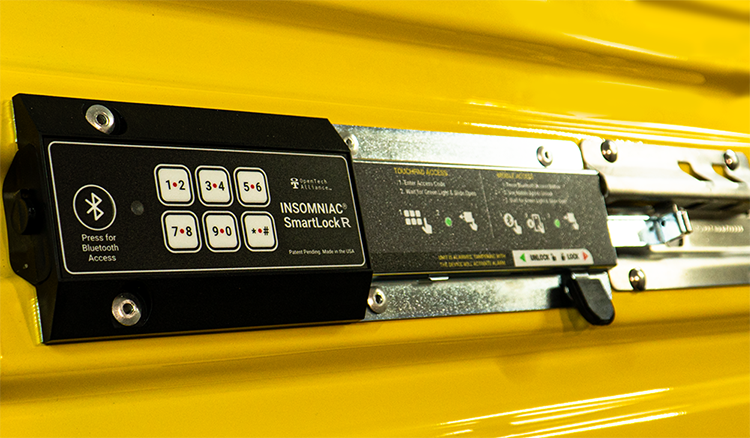
The self storage industry has witnessed remarkable advancements in security measures over the years. The primary objective of any self storage facility is to provide a safe and secure location to protect the belongings of its customers. To achieve this, locks play a crucial role. Locking solutions over the years have had different implications for both the operator and tenant, including the related convenience, security and potential operational impact, each with its own unique pitfalls and potential for improvements to consider. The evolution of locks used in the market, starting from traditional padlocks to the latest electronic locks for self storage on the market today, have increasingly sought to offer enhanced convenience and security.
In the early days of self storage, traditional padlocks were the go-to option for securing storage units. These padlocks consist of a metal shackle that is inserted into a clasp and secured with a key. While padlocks are relatively simple and affordable, they lack advanced security features and are easily cut by thieves with simple tools.
As security concerns increased, the self storage industry began adopting disc locks. Disc locks gained popularity due to their robust construction and resistance to tampering. These locks feature a hardened steel shackle that makes them difficult to cut or pry open. Moreover, the keyways of disc locks are designed to prevent picking to further enhance their security.
Cylinder locks, also known as barrel locks, came into prominence as an alternative to disc locks. These locks employ a cylindrical keyway, which makes them resistant to picking and drilling. Cylinder locks offer improved security and durability compared to traditional padlocks and have been widely used in the self storage industry for many years. Cylinder locks also provide operators with the ability to sell a lock to each tenant to drive additional revenue with each rental.
In 2003, Robert A. Chiti founded OpenTech Alliance in Phoenix, AZ. Over the last 20 years, the company has emerged as a pioneering force in the self storage automation space. OpenTech was established with a vision to introduce cutting-edge technologies that would improve operational efficiencies for self storage operators. Its founders recognized the importance of advanced automation systems, streamlined processes and the need to provide convenience to both facility operators and storage customers. The company’s first product was a self storage kiosk that allowed operators to rent units, take payments and automate the management of a self storage facility. As anyone who is familiar with the self storage industry understands, change in the industry is not quick. One of the “missing pieces” identified early on was how to automatically control the individual unit to allow operators to reduce staffing, rent units and take payments at any time. The OpenTech team has been attempting to solve this problem for years.
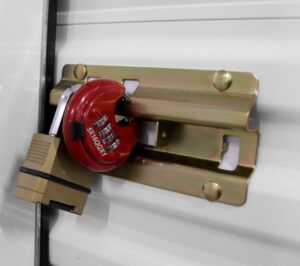 Several self storage operators have attempted to solve the operational inefficiency of the traditional “green” vacant and “red” delinquent tags used to manage self storage units and overlocks with simple solutions. These operators began testing the use of combination padlocks to lock vacant and delinquent units, with a particular aim to improve the customer experience and allow them to rent and make payments regardless of the time of day and without the requirement for a manager to be onsite. The operator would record which lock was assigned to a specific unit, and then at the time of move-in or payment the call center or software could provide them with a code to unlock and remove the lock to gain access to the unit. Storage Express was one of the first companies to employ this method, which was later replicated by 10 Federal/DaVinci.
Several self storage operators have attempted to solve the operational inefficiency of the traditional “green” vacant and “red” delinquent tags used to manage self storage units and overlocks with simple solutions. These operators began testing the use of combination padlocks to lock vacant and delinquent units, with a particular aim to improve the customer experience and allow them to rent and make payments regardless of the time of day and without the requirement for a manager to be onsite. The operator would record which lock was assigned to a specific unit, and then at the time of move-in or payment the call center or software could provide them with a code to unlock and remove the lock to gain access to the unit. Storage Express was one of the first companies to employ this method, which was later replicated by 10 Federal/DaVinci.
These combination padlocks solve some of the operational issues that electronic locks are attempting to address, but it doesn’t mitigate them completely. With combination padlocks, a person has to physically go to each delinquent or vacant unit, install the lock and record which lock was installed on each unit. The customer also needs to be able to easily request and access the code to remove the lock from their unit. There are many elements for the operator to consider. Combination locks also do not provide unit-level data at the property.
In recent years, many companies began to introduce Bluetooth locks for the consumer segment. There are Bluetooth-enabled padlocks that can be used to secure school lockers, bicycles and other personal devices. These Bluetooth locks connect wirelessly to a smartphone app, allowing users to control access remotely. These locks provide convenience and flexibility while maintaining high-security standards. Some operators attempted to utilize these locks in the self storage environment — but with little success. The self storage industry is unique, and like most technology products that aren’t designed specifically for the industry, these devices had some issues and were not widely adopted. This included the cost of the actual lock units, the lack of remote communication to and control of the device, required authentication via the app, and the cost of tenants removing the locks when they moved out. Off-market Bluetooth locks presented other operational challenges, including:
Unlock a new level of efficiency with INSOMNIAC SmartLocks, a tool designed to help you control unit access and manage delinquent and vacant units from your IoE Control Center.
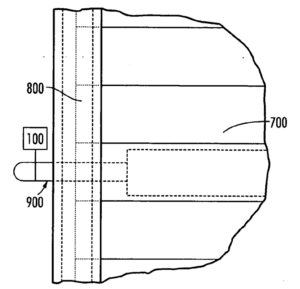
With continued software and electronic advancements, a lot of thought and effort has gone into the development of electronic locks for self storage over the years, including several patent applications for different types of electronic locks that could possibly be used at self storage facilities. This included Patent Application 20020237149, which attempted to capture the hasp tongue.
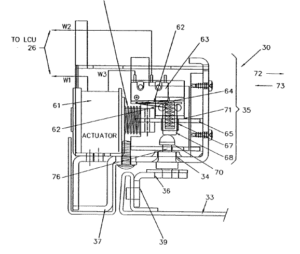
Or Patent Application 200501799349, which attempted to use a solenoid device to capture and control unit doors. There were many more prototypes sketched, thought about or imagined that never made it far enough for a patent application. In the end, none of these electronic locking solutions met the requirements that storage operators need.
In 2005, another electronic lock was introduced under patent 7,221,273 that finally made it field testing and patent approval in 2007. Axcys Electronics, located in Phoenix, AZ, received the first patent for an electronic locking system for the self storage industry. OpenTech, who has always been focused on what is best for the industry and promoting interoperability, was quick to integrate, learn and test the system with forward thinking operators.

There were several issues with the original electronic locks, including the cost of the equipment, installation, the need to modify the doors, and extensive wiring and power requirements. Powered electronic locks introduced multiple challenges, including the cost of miles of cabling and the need for multiple power supplies and battery backup devices to ensure that tenants could access their units at all times. Because operators were looking to add operational efficiency with a locking solution, these issues resulted in the systems not being economical for storage operators to widely deploy.
In 2008, Chamberlain Access Solutions attempted to develop a solution for electronically locking self storage units. Utilizing their expertise in garage door openers, they created an overlock system that could be mounted on existing unit doors and didn’t require operators to replace the existing hasp or remove the tenant lock. When Chamberlain Access Solutions left the storage market, the overlock system that they had developed was acquired by PTI. OpenTech was still eager to solve the last mile problem in facility automation and remote operations and partnered with PTI to provide sales and support for the overlock system. Again, after testing the solution with multiple operators, the challenges with pricing, battery life and reliability became too big of a hurdle to overcome with the current design.
For over 7 years OpenTech has developed and tested different lock prototypes in an effort to find the right solution to meet the needs of the self storage market. These have included DC-powered, battery-powered, inside-the-door and outside-the-door models. A few of the prototypes that have been designed and developed over the years are shown below. These prototypes took a heavy investment of time, effort and money, which has resulted in the current INSOMNIAC SmartLock system. Through research and development, and speaking with operators of all sizes, we learned:
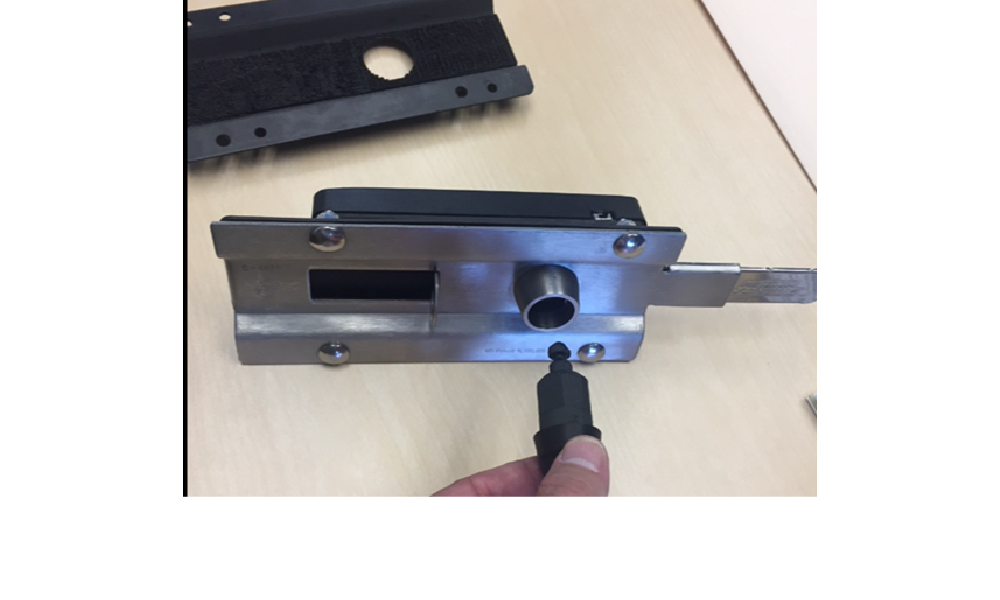
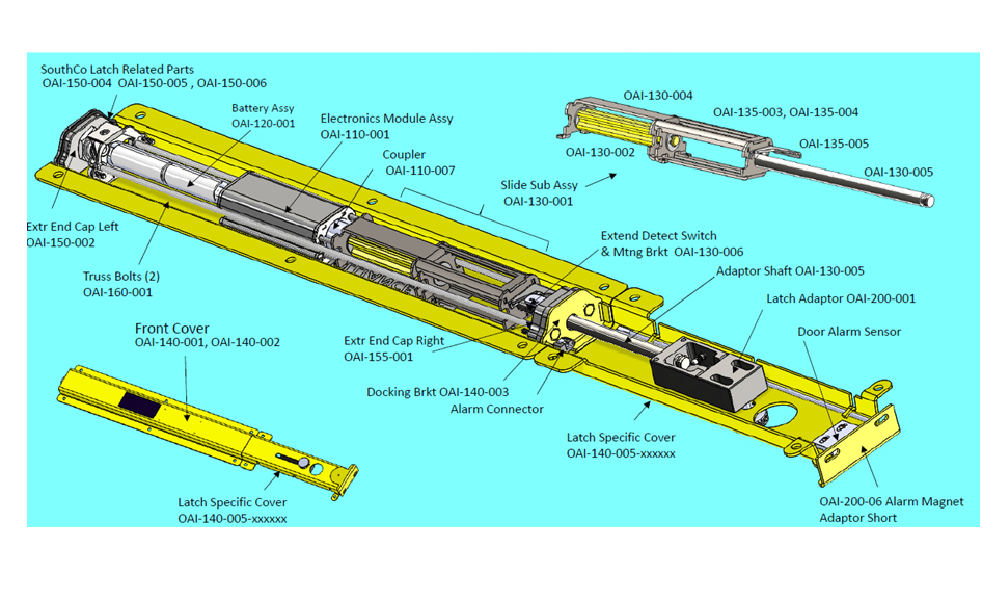
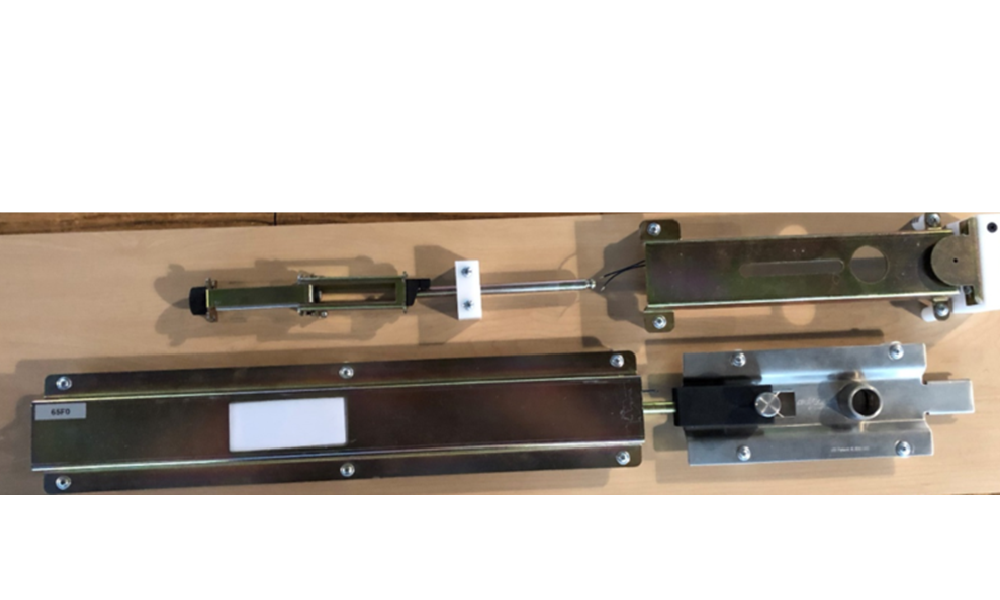
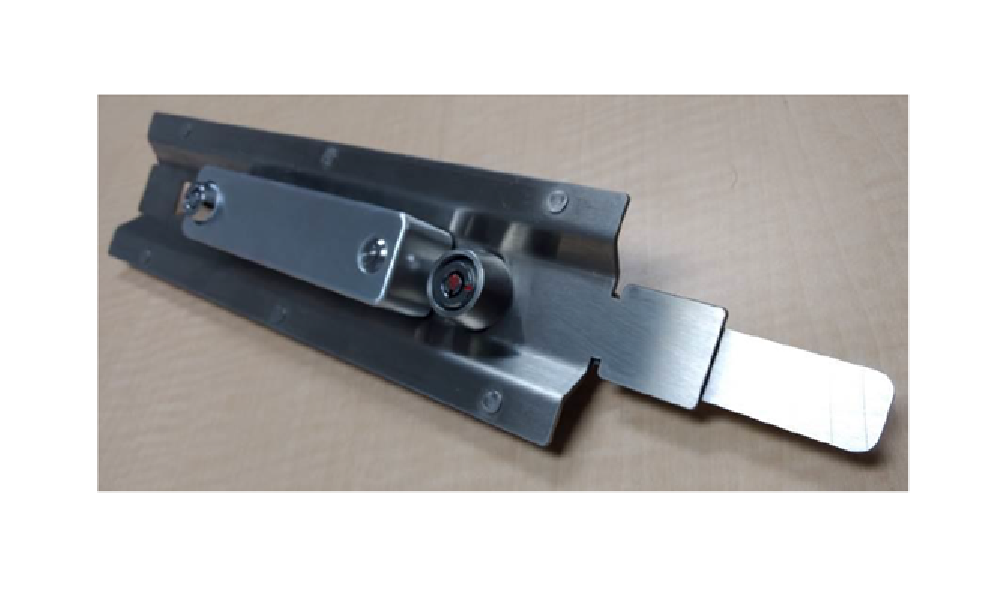
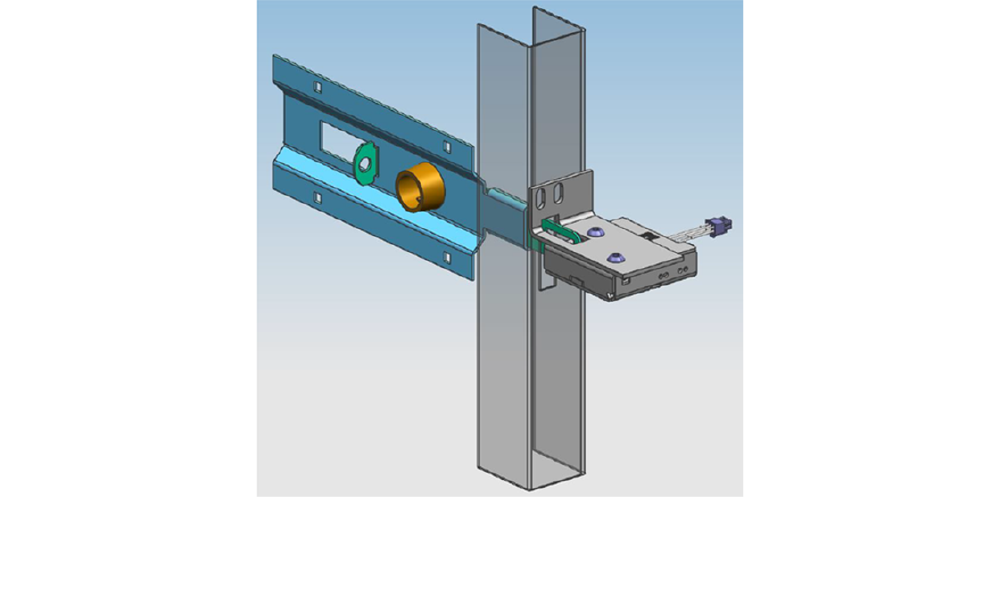
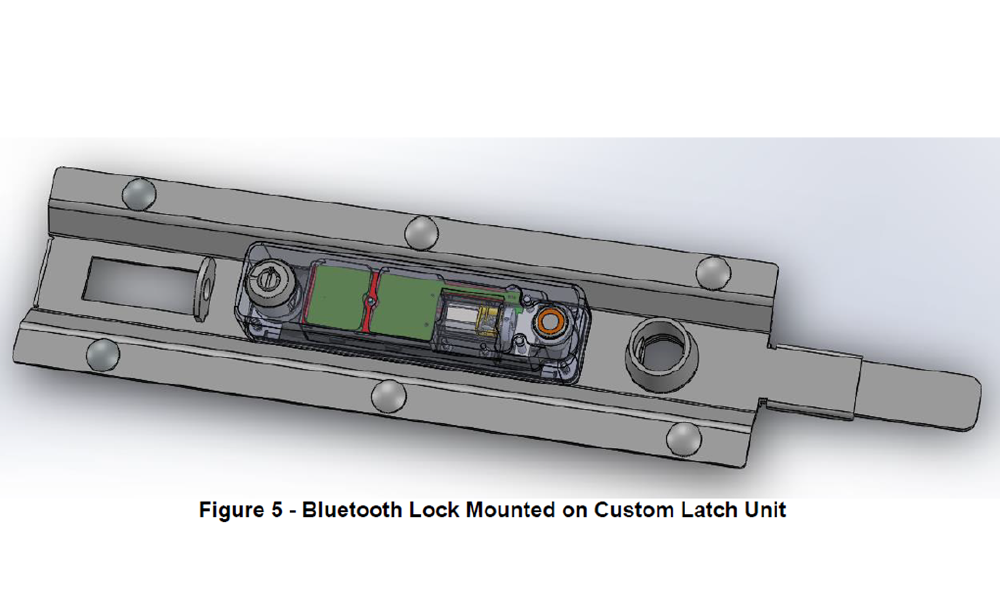
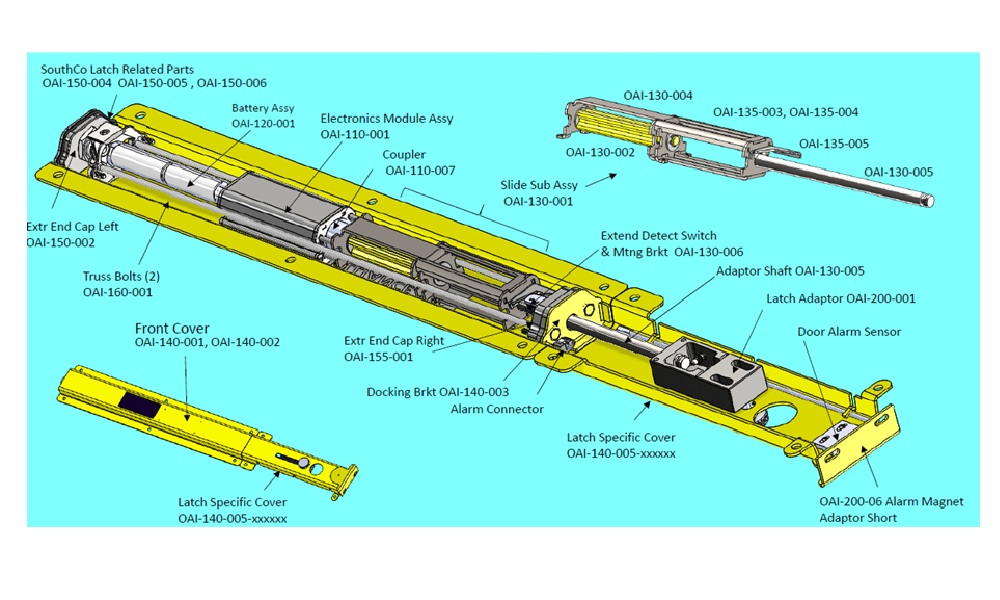
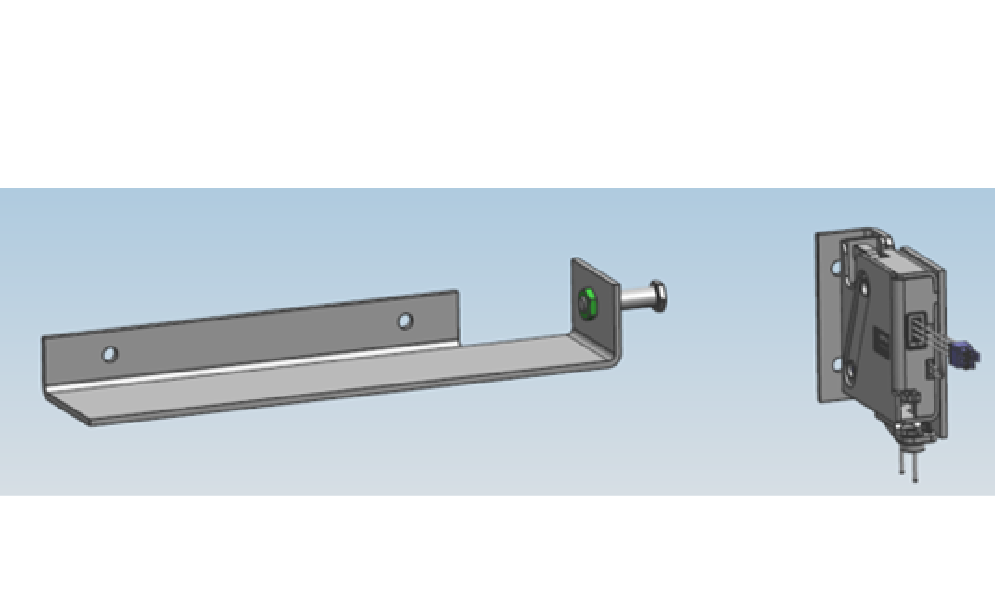
There have been several other entrants into the self storage SmartLock space. Janus, who is widely known for their fabrication of metal doors, has introduced several different versions of locks based on Noke consumer Bluetooth locks. Onity, who has been involved with the hotel industry for many years, has recently introduced a lock for the industry. With the emergence of so many solutions, its essential for operators to consider how lock management will factor into the evolution of their operation.
From the humble padlocks to the advanced electronic locks of today, the self storage industry has made significant strides to secure customer belongings. SmartLocks for the self storage industry is not a new concept. The evolution of SmartLocks for self storage has been ongoing for many years and is driven by the need for enhanced security, convenience and advanced technology. As the demand for self storage continues, future innovations will further improve the security and accessibility of self storage facilities.
Contact OpenTech Alliance to discuss the operational benefits your self storage facility will reap when you make the switch from traditional locks to SmartLocks.